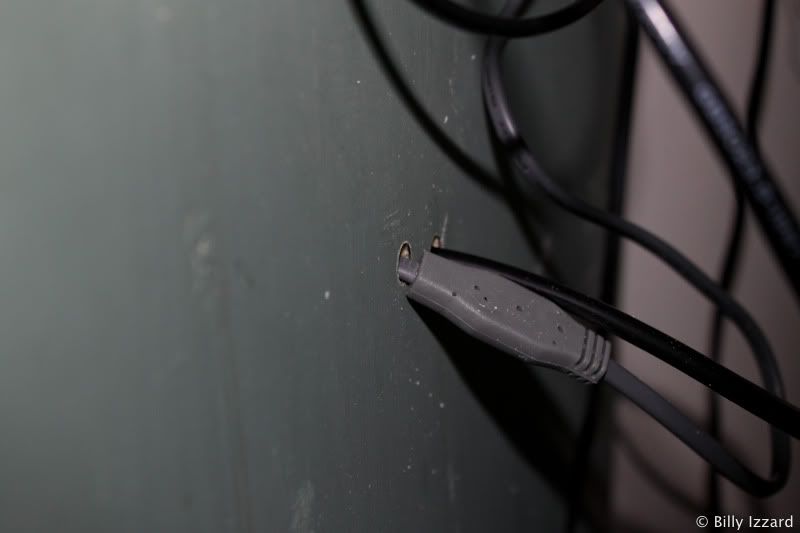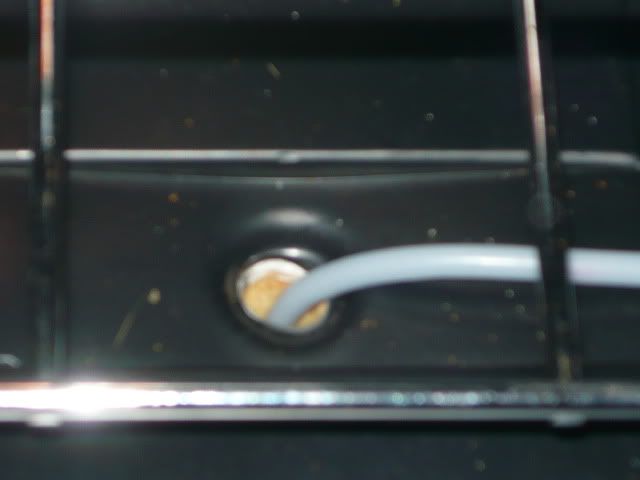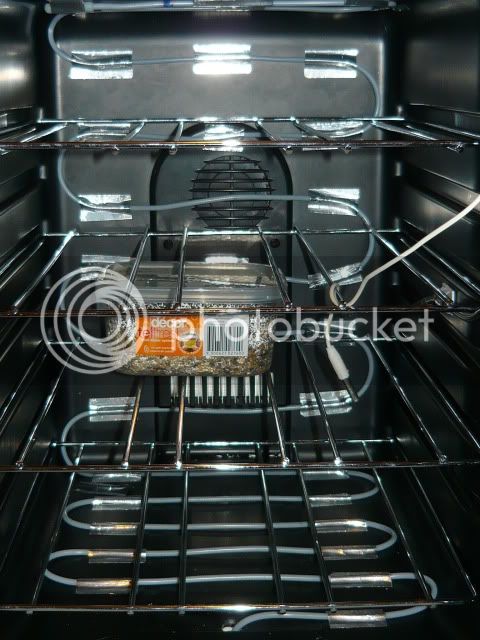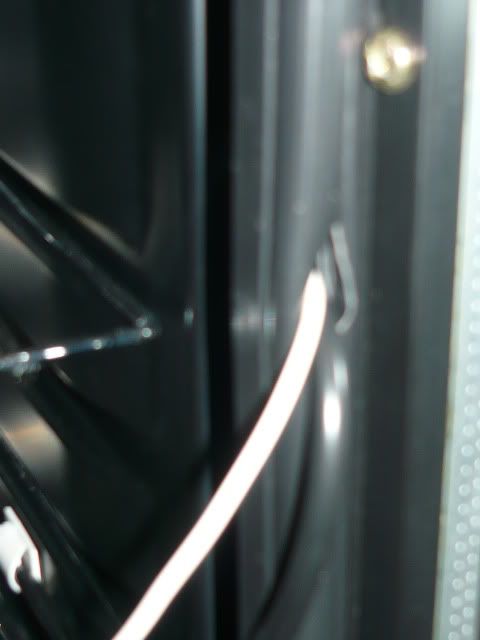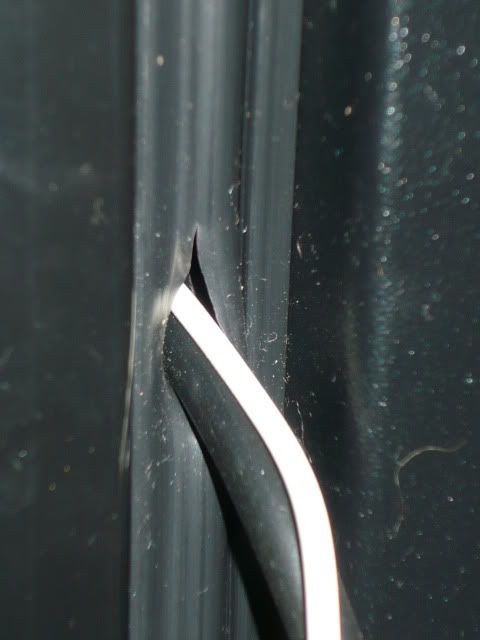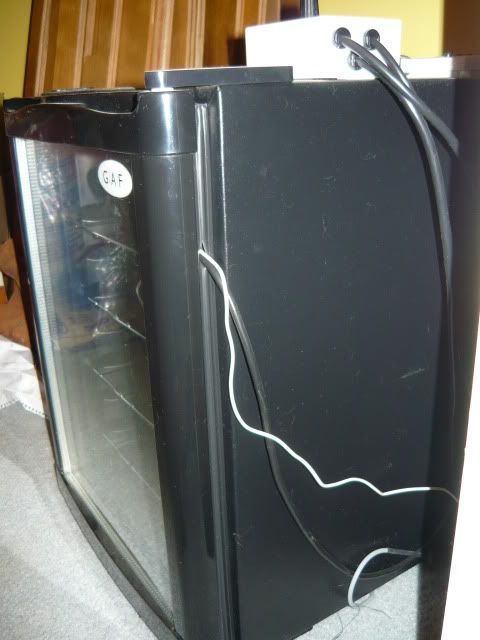killimike
Well-Known Member
I am planning on upgrading from a styro box to a bar fridge incubator. I have bought a 120l bar fridge, and I have the heat cord, thermometer and a PP thermostat. There are heaps of threads on here about the general idea, but I had a question about how exactly to physically introduce the various leads into the inside of the fridge.
There seems to be three options to me:
1. Pass all leads through the door, and use a child-lock type device to keep door sealed
2. Drill a hole through the side of the body, pass leads through then plug it up
3. Pass leads in through vent that is normally connected to compressor
I do not want to do number 1.
Number 3 doesn't involve drilling a surplus hole, but to be perfectly honest I have never taken a fridge apart before. Other threads refer to 'disconnecting/removing the compressor/innards'.... exactly how involved is this, and how is it done?
Or do people just go in straight through the side?
I would appreciate you guys' advice
There seems to be three options to me:
1. Pass all leads through the door, and use a child-lock type device to keep door sealed
2. Drill a hole through the side of the body, pass leads through then plug it up
3. Pass leads in through vent that is normally connected to compressor
I do not want to do number 1.
Number 3 doesn't involve drilling a surplus hole, but to be perfectly honest I have never taken a fridge apart before. Other threads refer to 'disconnecting/removing the compressor/innards'.... exactly how involved is this, and how is it done?
Or do people just go in straight through the side?
I would appreciate you guys' advice




